|
A lot of research goes into speed development. Arm action, foot contact points, kinetic energy transfer, spine angle, etc. Let's make speed development simple - the more force you put into the ground, the further and faster you will propel yourself. Yes, all those other items are important, and doing certain drills for them will help, in some cases more than others. But, first and foremost, having a solid strength base from which to create explosive power will yield the biggest dividends.
A lot of folks approach speed development from the perspective of cone drills, agility ladders, and other standard "footwork" drills. I liken those things to driving a car around a race track. The car might be moving as fast as it can, but it's becoming faster. In order to do that, you must make a physical change to the car. That's the same with athletes - without a legitimate physical change (i.e. becoming more powerful), we won't get significantly faster. To be fair, the analogy of the car isn't completely accurate. Cone drills and running form drills do have their place. If a kid has too short of a stride, then they need to lengthen it. If their arm action is bad, then it needs to be fixed. Sometimes, all that is needed are a few coaching cues. Other times, there is a biomechanical integrity component that is restricting the athlete. Both of those things needs to be addressed. In the case of an athlete who is capable of better form, but just doesn't have it yet, the coach should indeed look at running form, which can be addressed with some cone drills and footwork drills in certain scenarios. But, to do the most good for the most people, create strength and power and you will create more speed, acceleration, and agility. That should be priority one - extensive cone drills are more akin to driving a car around a racetrack - fast, but not faster. Solid and complete athletic development will always be the greatest component of a proper speed development program. Alex Drayson
0 Comments
How many athletes are required to perform a movement analysis before starting a performance training program? My guess is that most athletes are not. Let me ask another question. What happens when an athlete is asked to perform a back squat or any movement for that matter, which is dysfunctional in nature due to their physical limitations? Strength is added to that dysfunctional movement pattern, it is not added to the true functional movement pattern. I’m going to continue to use the squat as my main example because it is probably the most common exercise used in most high schools. The squat is an amazing exercise for building strength, but when it is performed before athletes are ready for the movement bad things can happen. Below are some pictures that illustrate what an improper squat pattern looks like. These faulty squat patterns could be due to an array of reasons, some of which include short/weak hip flexors, imbalance of core musculature, excessive pelvic tilt, limitations with ankle mobility, weak glutes, etc. A complete movement analysis must be done to understand the complexity of these dysfunctional squat patterns. All of the above pictures demonstrate a faulty squat pattern that needs some cleaning up. Below is a picture of a squat pattern that is ready to be loaded with external resistance. If you are not performing a movement analysis of some sorts you are doing a disservice to your athletes. It is literally the foundation of any worthwhile performance training program.
Each athlete has a unique set of strength and power developmental goals based on many factors, some of which include training age, time commitment and physical strengths and weaknesses to name a few. With that being said a sport performance coach has to meet their athletes sport training goals using not only the best methods available, but also the most appropriate options available.
The most applicable and appropriate exercises come from the Powerlifting and weightlifting community. They give us an amazing exercise selection at developing tremendous amounts of strength and power. From variations in the squat, deadlift and bench press to the clean, snatch and jerk, the Powerlifting and weightlifting community have blessed us with great training tools. When training athletes coaches sometimes get carried away with a certain training methodology that is sometimes not exactly what is appropriate for an athlete training for their sport. When athletes are asked to perform lifts that they are not physically ready to perform, due to either physical limitations or appropriate coaching cues injuries and/or movement limitations will take place. This is why weightlifting and powerlifting exercises sometimes get a bad rep, although they are some of the best exercises out there, if used inappropriately it will lead to undesired results. This is the question coaches must ask themselves when designed performance training programs “is this exercise appropriate for my athlete?” If the answer is yes, then by all means teach the appropriate progressions and have at it. If it is not then figure out what must be done to include the appropriate exercise. This could include using developmental exercises or regressing the movement until it becomes appropriate for the athlete. This leads to my next point, athletes that play sports have other requirements that are unique to their own sport. Whether it is using single leg exercises for strength, medicine ball work for power, slide boards for lateral conditioning or anti-rotations exercises for core development, each training protocol should be geared toward meeting the demands of that individual athletes sport. I love using Powerlifting and weightlifting exercises in my athletes programs, but they must be appropriate for the athlete’s physical abilities and appropriate for the demand of their sport. The power clean is one of the best ways to add an amazing amount of strength and power. It requires both an incredible amount of mobility and stability to move through such an explosive exercise. It will improve most all measurable athletic performance parameters on the field and in the training facility. Assuming that the athlete has the proper fundamental movement skills required to perform the power clean the proper set up and coaching cues should be the first thing to get attention. Power Clean Set Up Positions w/ Coaching Cues * Hang Position- standing position, elbows locked, and medium hook grip Rack Position- get the bar on shoulders from hang position- elbows up, humerus parallel to floor- weight supported by shoulder NOT hands- drop the bar and catch it in the hang position Jump Position- bar is at mid thigh- hips and knees are unlocked- bar is touching skin/clothing Squat Jump Position- jump w elbows locked and land in squat position Jump w/ Catch- jump and catch the bar on shoulders- elbows straight to slammed forward- aim your shoulders at the bar- slam bar onto shoulders Front Squat –bar is on the shoulders-squat to slightly pass parallel while keeping the elbows up, humerus parallel to floor Power Clean Progressions & Variations
Power Clean (Mid Thigh, Above Knee, Mid Shin, Floor) Power Clean & Front Squat (Mid Thigh, Above Knee, Mid Shin, Floor) Squat & Clean (Mid Thigh, Above Knee, Mid Shin, Floor) This is by far one of the best exercises for athletes to develop a huge amount strength and power that will transfer from the training facility to the field. Problems arise when the power clean is introduced without the proper progressions and is therefore rushed. Before a power clean is attempted athletes should possess the proper mobility and stability to perform the movement. Rushing the process or simply skipping over it to get to a poorly executed product is not the way to go about such a complex exercise. When taught and progressed properly this is a great exercise to add to your training program. * power clean set up positions w/ coaching cues from “Starting Strength Basic Barbell Training” 3rd Edition, Mark Rippetoe |
Archives
July 2024
Categories
All
|
Proudly powered by Weebly

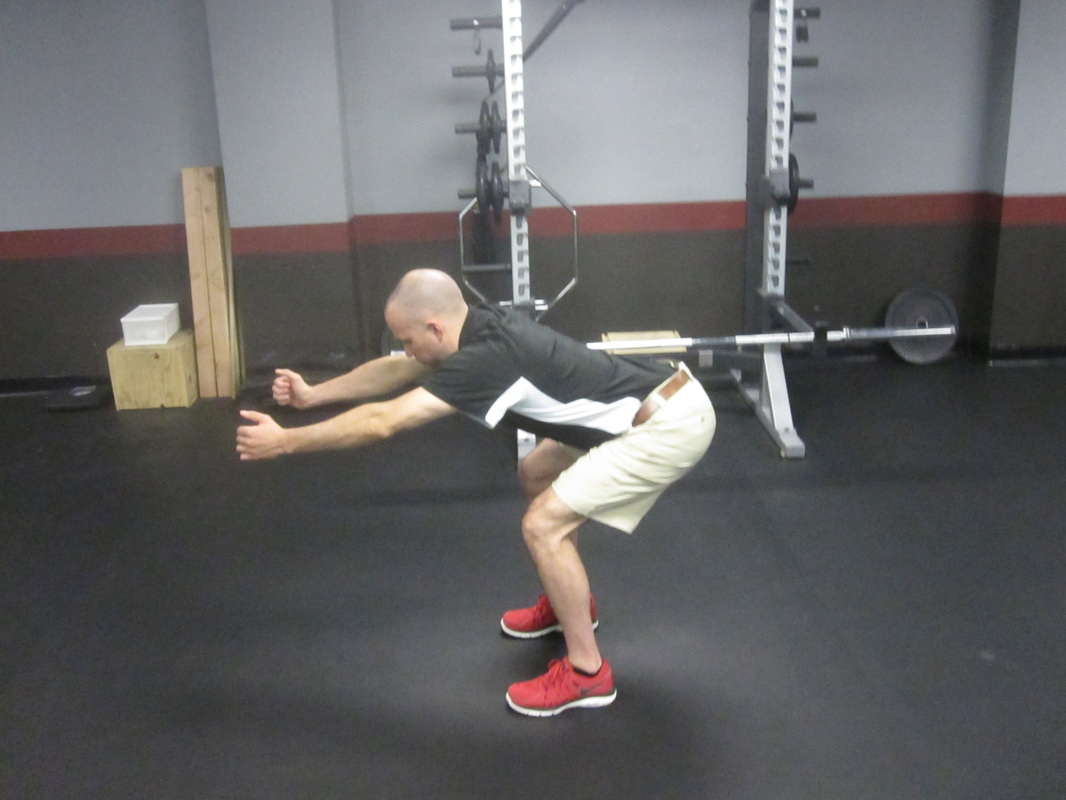
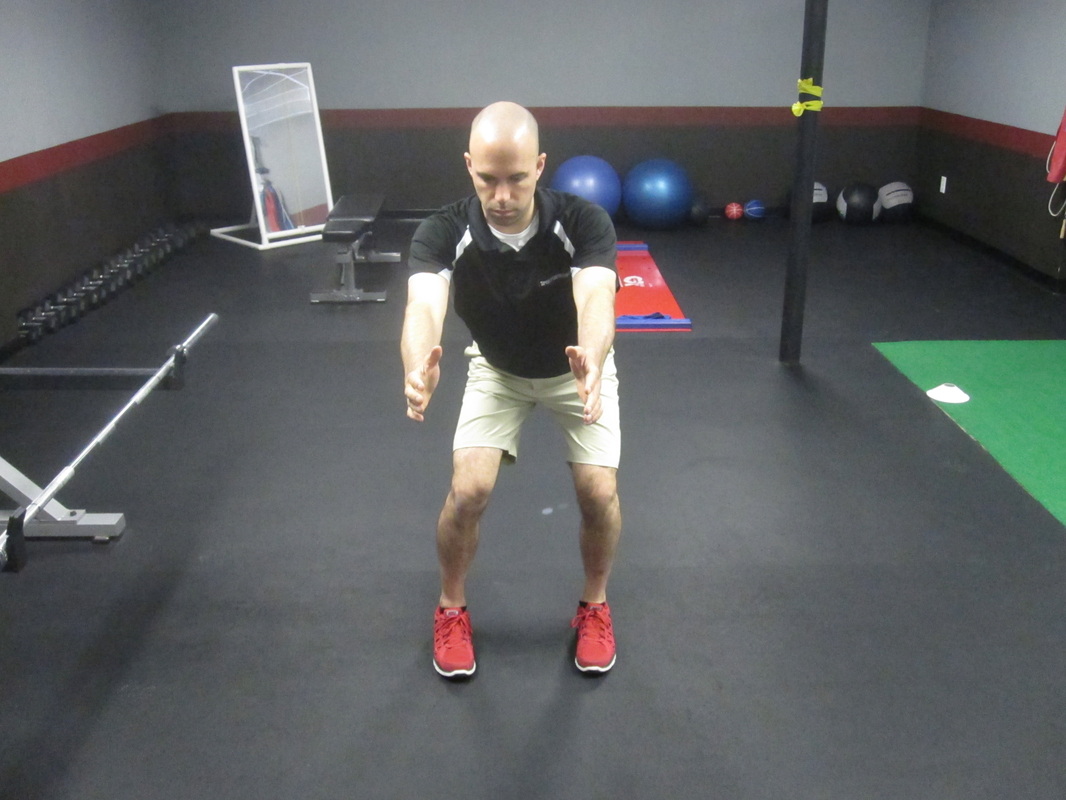
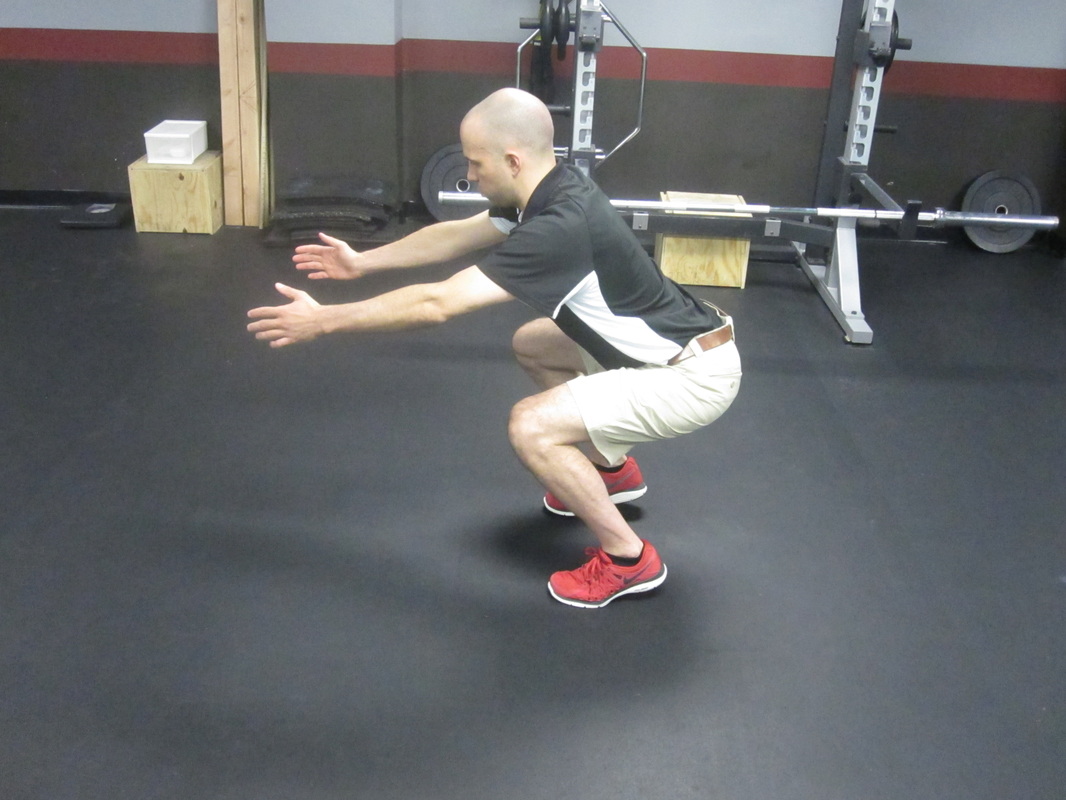
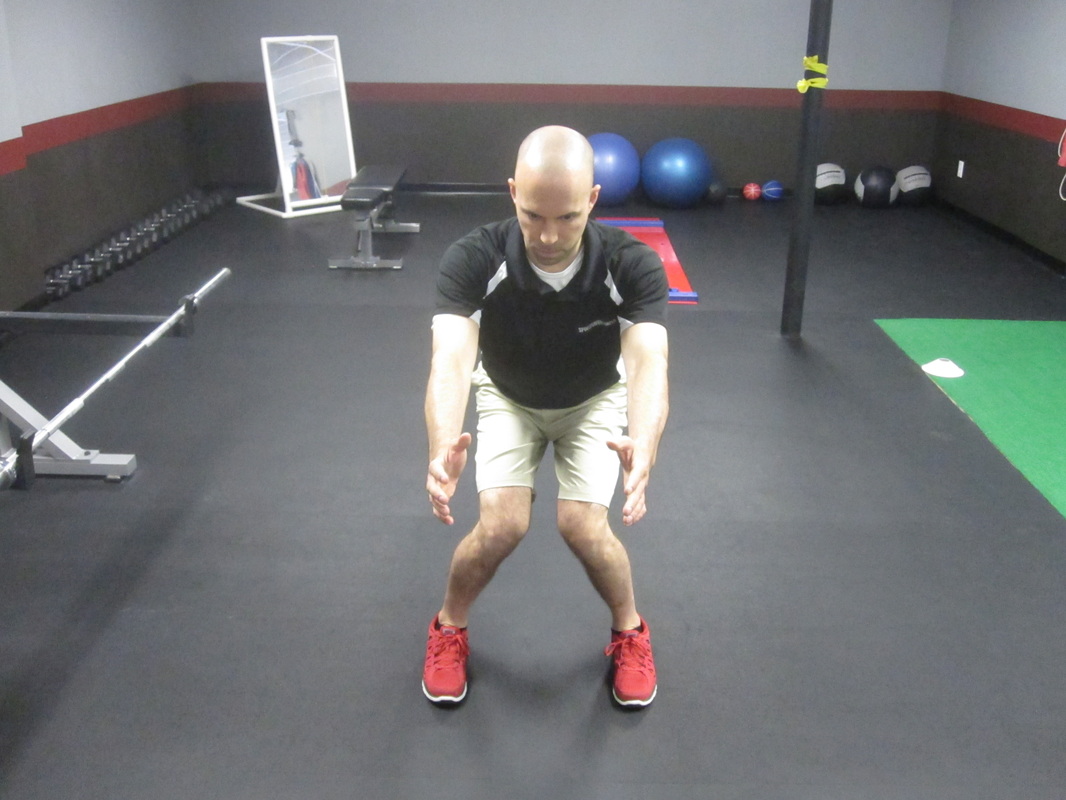
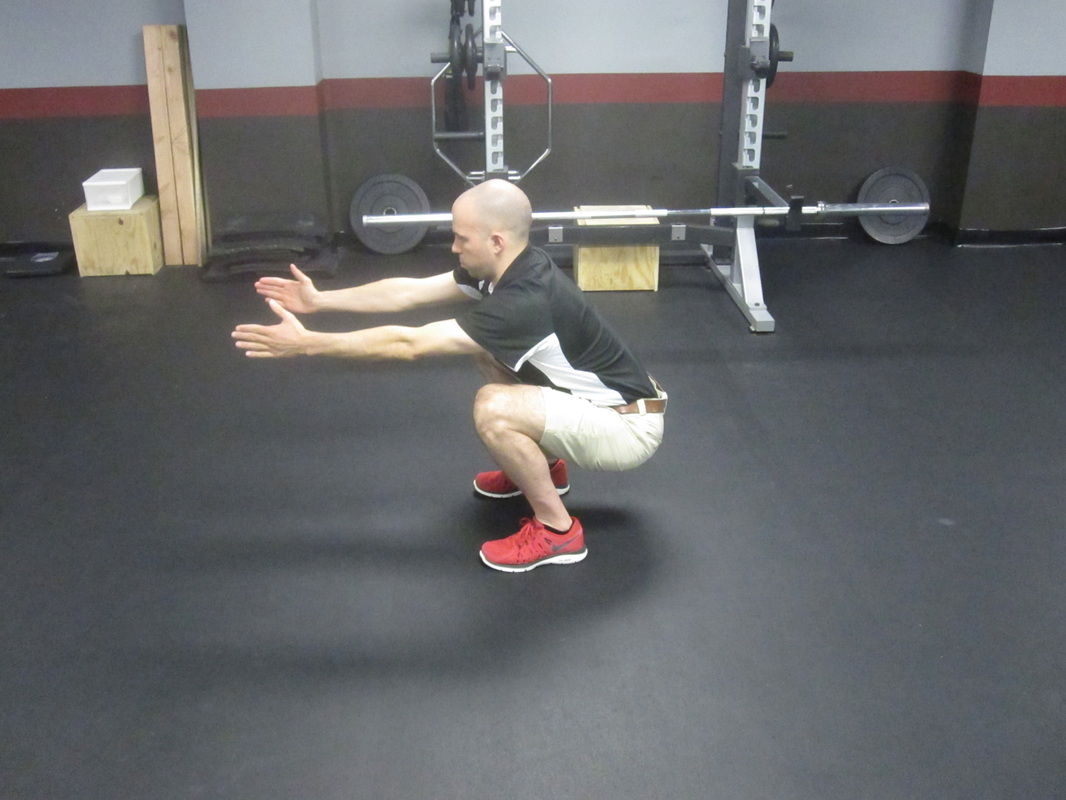
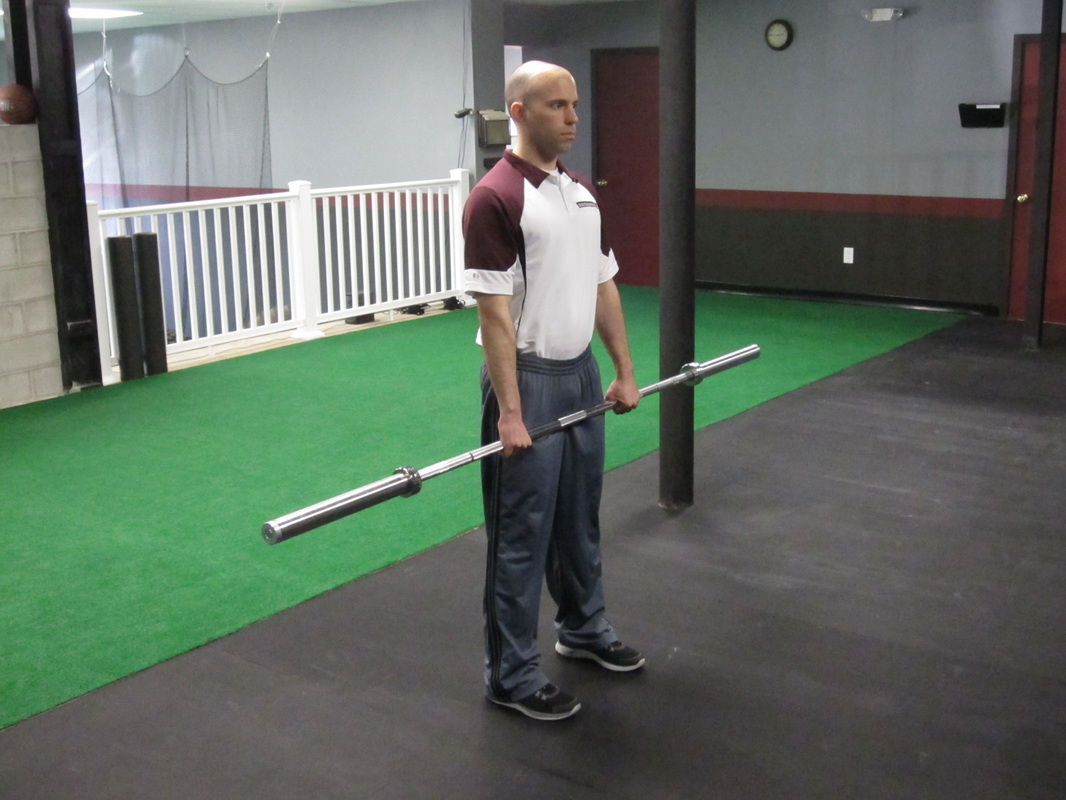
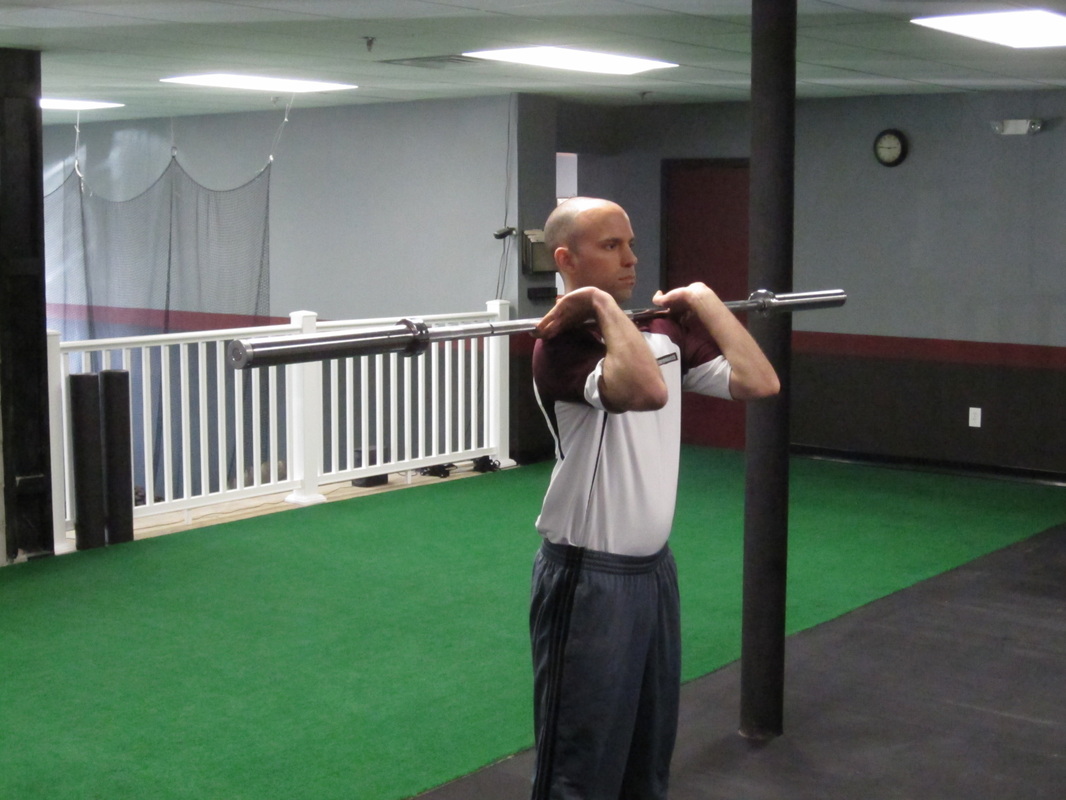
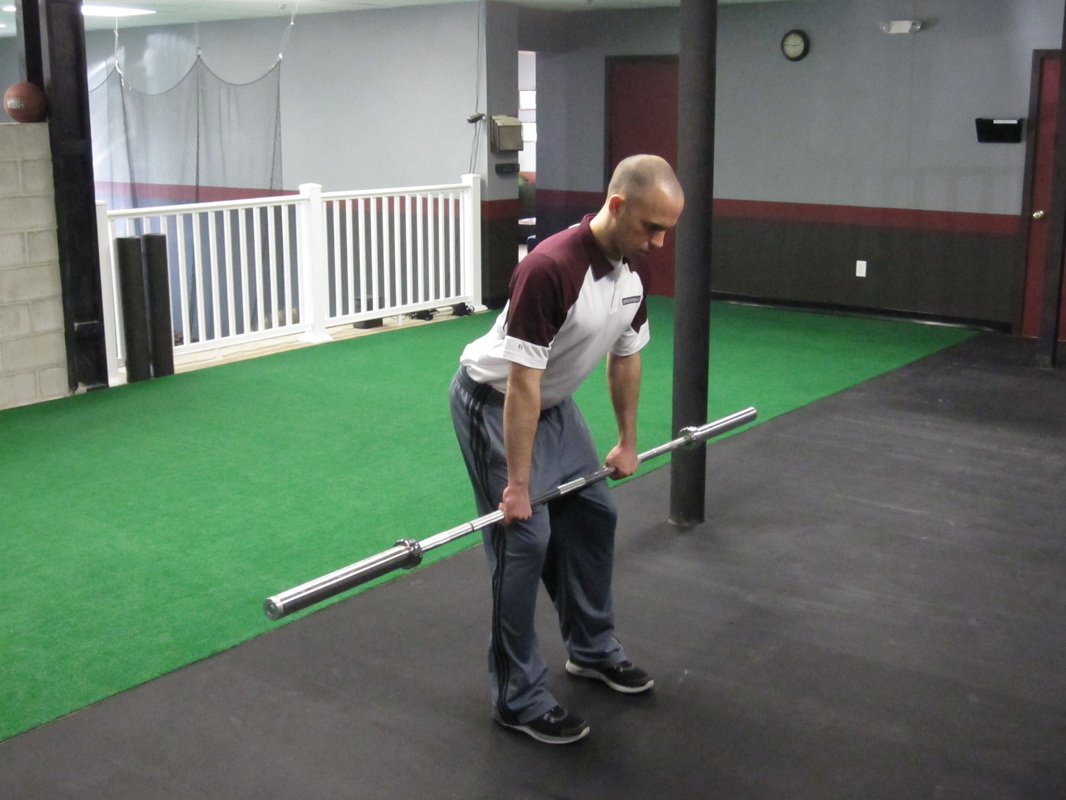
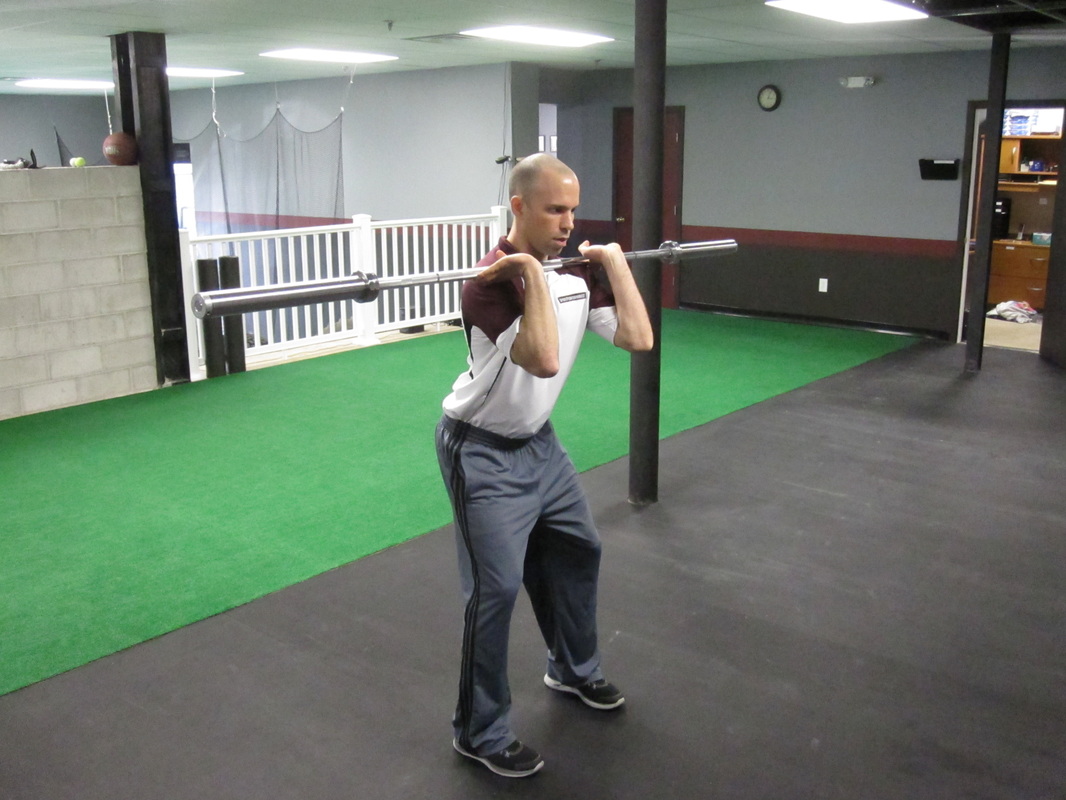
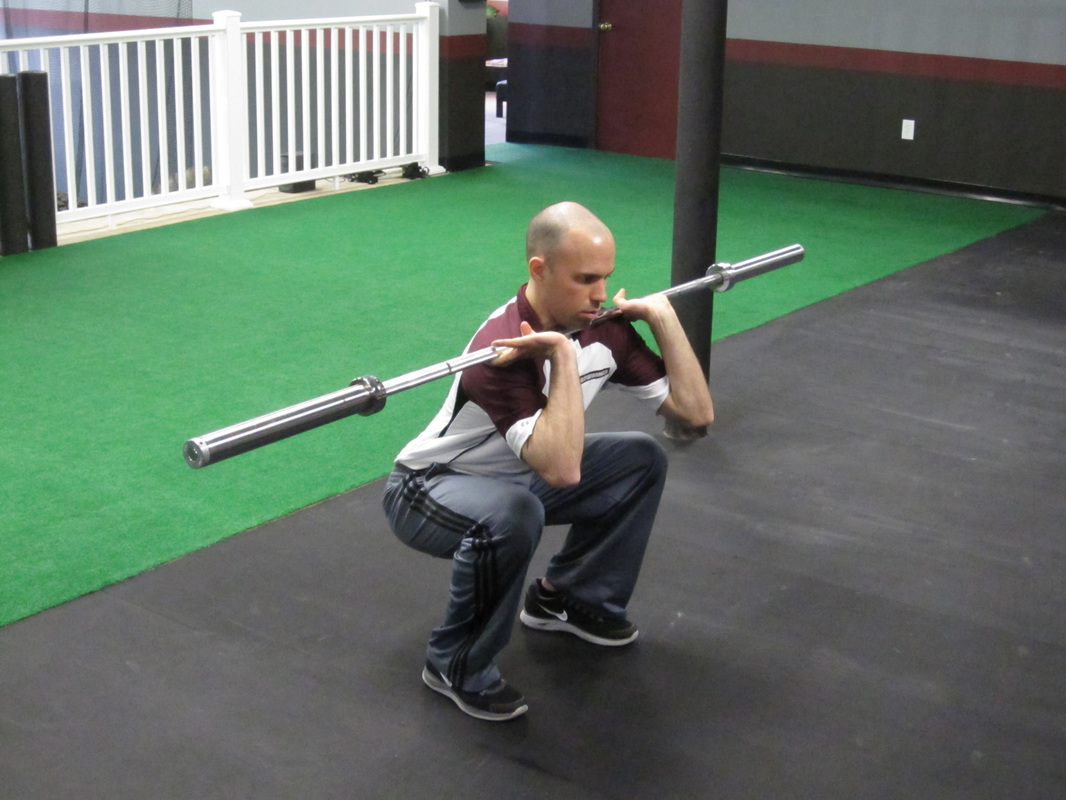
 RSS Feed
RSS Feed